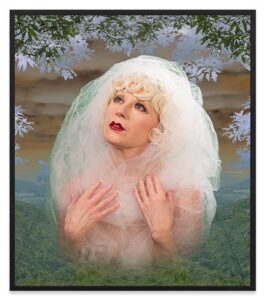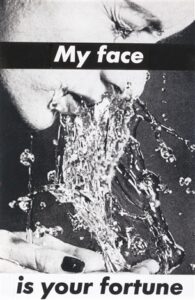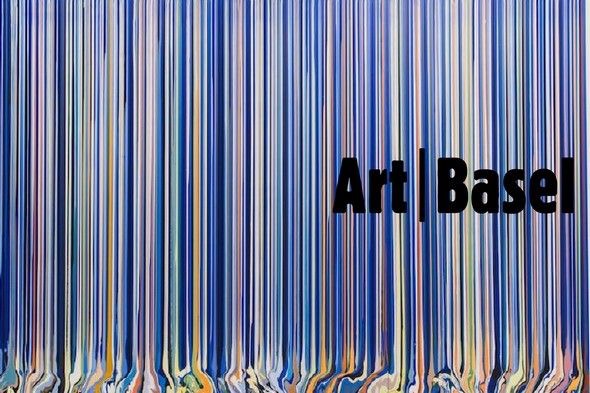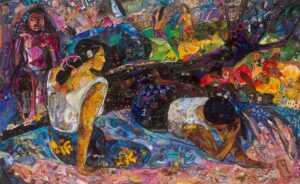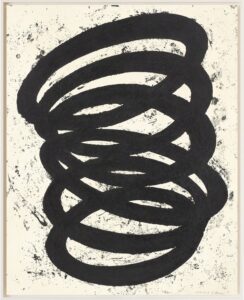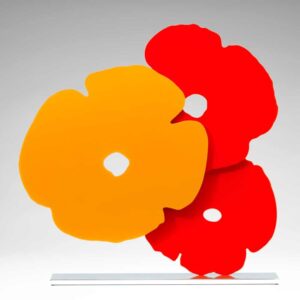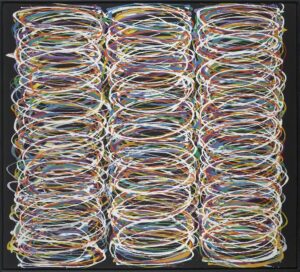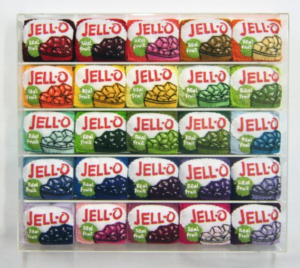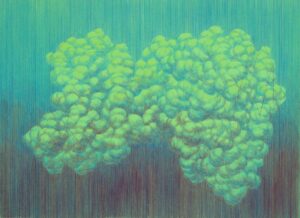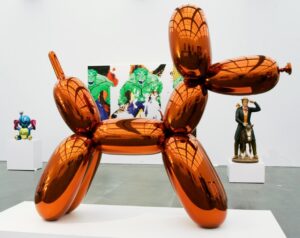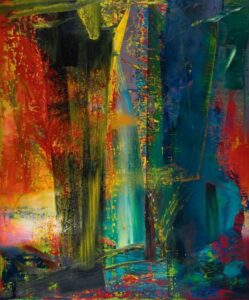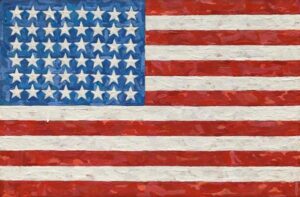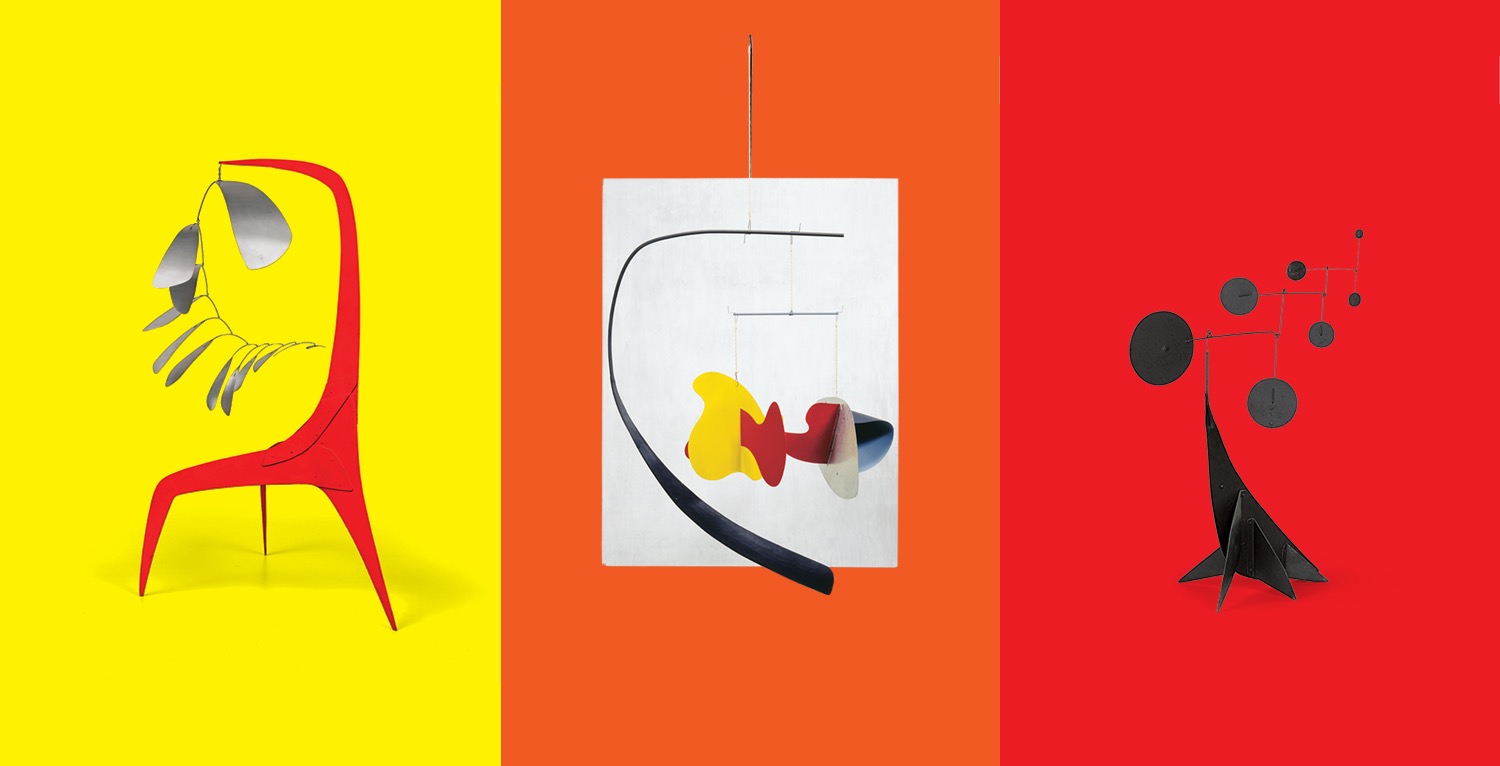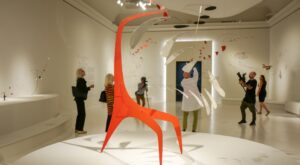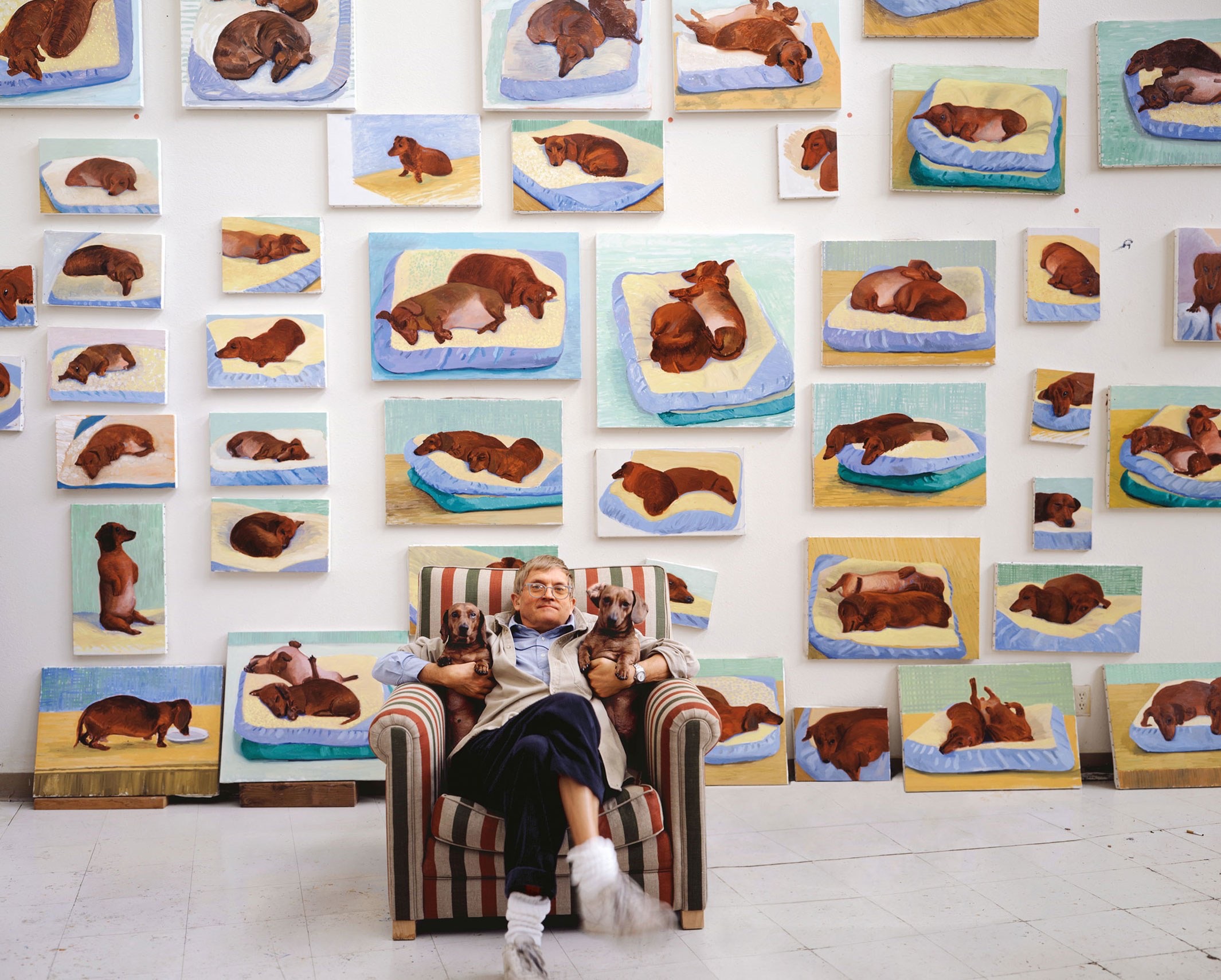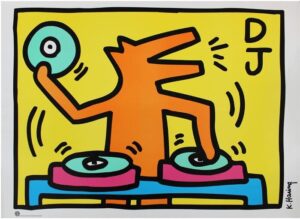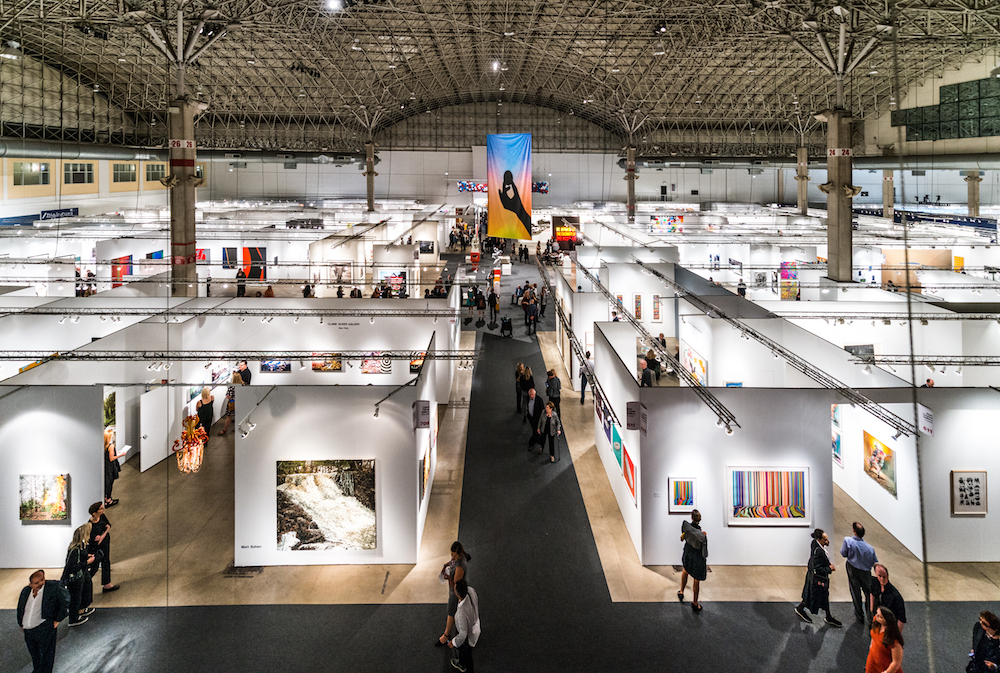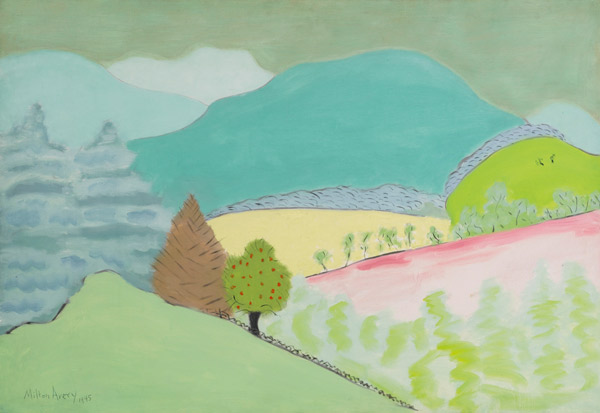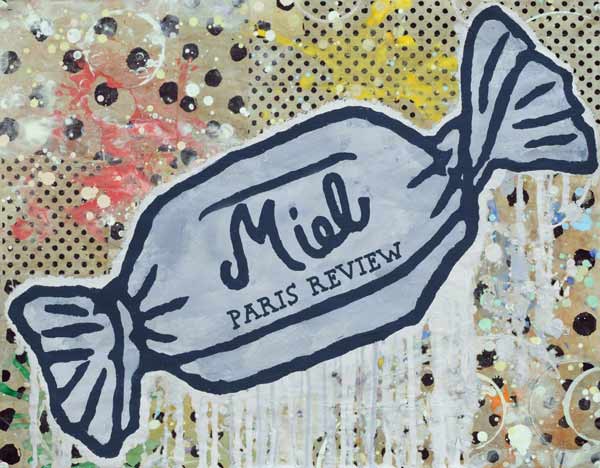Edward Burtynsky, Dandora Landfill #3 Plastics Recycling (Anthropocene series), 2016, Archival pigment print
Environmental art addresses the urgent need to save our planet
Earth Day is an annual phenomenon that is more relevant than ever. Global warming, rising sea levels and rampant pollution are hot topics that are at the forefront of contemporary consciousness on a worldwide scale. As a powerful tool used for social commentary, it is no wonder that art is being employed as a vehicle to confront the mounting collective concern for our planet. To celebrate Earth Day this year, we are highlighting three artists who have made environmentalism a priority in their artistic endeavours.
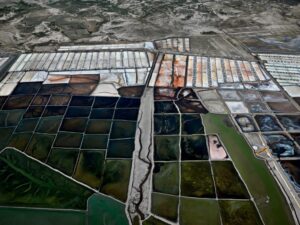
Edward Burtynsky, Salt Pan #13, Little Rann of Kutch, Gujarat, India (Salt Pans series), 2016, Archival pigment print
Edward Burtynksy is a renowned Canadian photographer whose artistic career is devoted to depicting a planet ravaged by humanity. He documents colossal manmade structures including oil rigs, quarries, dams, mines and factories using a unique photographic practice. He takes photos from the aerial vantage point of a helicopter equipped with a small floor opening through which he positions his camera’s lens. The result are stunningly haunting images with a sublime aesthetic quality that address the severe global consequences of human activity and the environmental toll of mass industrialization.
Related Posts
Valentine’s Day: Artists in Love
Paintings of Pooches: National Dog Day 2018
Armory Show 2018 Highlights

Cracking Art, Milan installation, 2018
An Italian based group started by six individuals, Cracking Art is a contemporary art movement that promotes a strong environmental commitment. Plastic is the group’s chosen medium which is used to create an array of brightly colored, hollow animal sculptures including bunnies, snails, meercats, penguins and turtles that are scattered throughout their many public installations. Importantly, they exclusively use recycled plastic, customarily destroying and re-using materials from old sculptures to create new ones. The group’s emphasis on recycling removes plastic from its toxic role in nature and promotes the importance of sustainability.
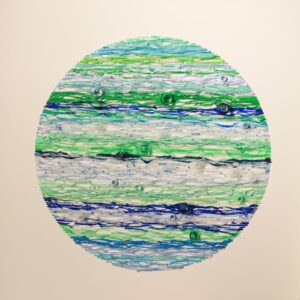
Jérôme Fortin, Untitled (Marines series), 2002-2012, Plastic bottles mounted ton panel, 36 inches diameter
Jérôme Fortin is a Montreal based artist who addresses the theme of pollution in his oeuvre. The Marines, for example, is a series Fortin developed which encompasses gathering found plastic bottles collected from daily walks along the shoreline and re-purposing them into artistic tondos. He meticulously cuts and colours the found bottles then densely layers them in a way that mimics wave motions. The bottlenecks indicate the number of bottles that go into each artwork.
If any of these artists are of interest to you, please contact us for availability and prices.






